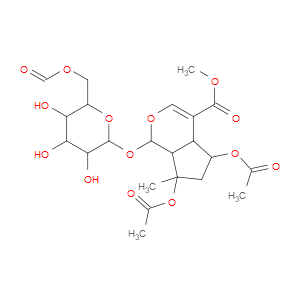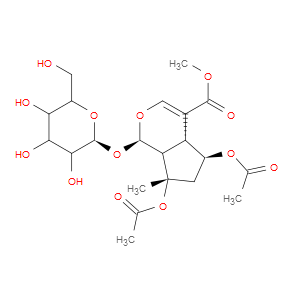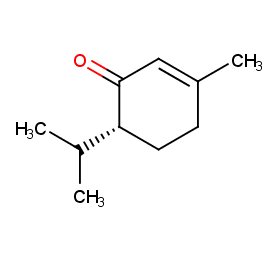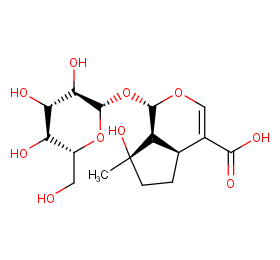Collective Molecular Activities of the Plant: Barleria Lupulina
Plant ID: NPO5652
Plant Latin Name: Barleria Lupulina
Taxonomy Genus: Barleria
Taxonomy Family: Acanthaceae
Plant External Links:
NCBI TaxonomyDB:
101743
Plant-of-the-World-Online:
n.a.
Overview of Ingredients
25 All known Ingredients in Total
Unique ingredients have been isolated from this plant.Plant-Ingredients Associations were manually curated from publications or collected from other databases.
7 Ingredients with Acceptable Bioavailablity
Unique ingredients exhibit acceptable human oral bioavailablity, according to the criteria of SwissADME [PMID: 28256516] and HobPre [PMID: 34991690]. The criteria details:SwissADME: six descriptors are used by SwissADME to evaluate the oral bioavailability of a natural product:
☑ LIPO(Lipophility): -0.7 < XLOGP3 < +5.0
☑ SIZE: 150g/mol < MW < 500g/mol
☑ POLAR(Polarity): 20Ų < TPSA < 130Ų
☑ INSOLU(Insolubility): -6 < Log S (ESOL) < 0
☑ INSATU(Insaturation): 0.25 < Fraction Csp3 < 1
☑ FLEX(Flexibility): 0 < Num. rotatable bonds < 9
If 6 descriptors of a natural plant satisfy the above rules, it will be labeled high HOB.
HobPre: A natural plant ingredient with HobPre score >0.5 is labeled high human oral availability (HOB)
5 Ingredients with experimental-derived Activity
Unique ingredients have activity data available.Ingredient Structrual Cards

Ingredient ID: NPC80338

Ingredient ID: NPC76509

Ingredient ID: NPC472514

Ingredient ID: NPC472513

Ingredient ID: NPC472512

Ingredient ID: NPC472511

Ingredient ID: NPC472510

Ingredient ID: NPC472509

Ingredient ID: NPC34230

Ingredient ID: NPC297251

Ingredient ID: NPC295239

Ingredient ID: NPC293480

Ingredient ID: NPC280933

Ingredient ID: NPC280627

Ingredient ID: NPC268564

Ingredient ID: NPC250884

Ingredient ID: NPC240592

Ingredient ID: NPC217922

Ingredient ID: NPC209202

Ingredient ID: NPC200430

Ingredient ID: NPC197813

Ingredient ID: NPC189019

Ingredient ID: NPC171777

Ingredient ID: NPC169113

Ingredient ID: NPC127235
Classification of Human Proteins Collectively Targeted by the Plant
Clinical trials associated with plant from natural product (NP) & plant level:
| Clinical trials type | Number of clinical trials |
|---|
| NCT ID | Title | Condition | Form in clinical use | Associated by plant or compound |
|---|
❱❱❱ Associated Human Diseases and Detailed Association Evidence
How do we define the Plant-Targeted Human Disease Association?
Associated human diseases of an individual plant are summurized based on FOUR types of association evidence, these include:
❶ Association by Therapeutic Target: Bioactive protein targets of the plant were defined in "Molecular Targets" section, target-disease associations collected from TTD database were subsequently used to build the associations between the plant and its targeted human diseases.
❷ Association by Disease Gene Reversion: Plant and a specific disease will be associated when >= 1 plant target gene overlaped with disease's DEGs.
❸ Association by Clinical Trials of Plant: Plant and a specific disease will be associated when >= 1 clinical trial (the plant is the intervetion) can be matched in ClinicalTrials.gov database.
❹ Association by Clinical Trials of Plant Ingredients: Plant and a specific disease will be associated when >= 1 clinical trial (the plant ingredient is the intervetion) can be matched in ClinicalTrials.gov database.
Associated Disease of the Plant |
Association Type & Detailed Evidence |
|---|

